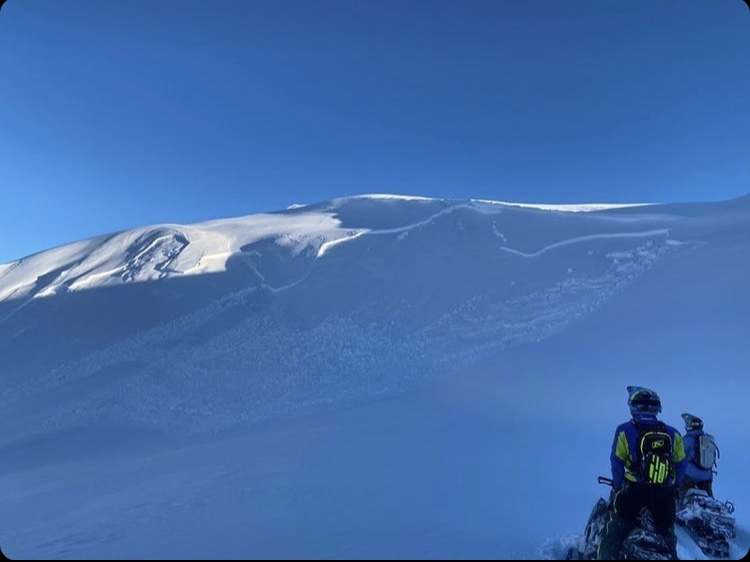Turnagain Pass
|
|
The avalanche danger is CONSIDERABLE today above 1000′. After seeing multiple large human-triggered avalanches yesterday, there is no question that dangerous avalanche conditions exist. The snowpack has shown us it is capable of producing avalanches hundreds of feet wide, 2-3′ deep or deeper, and being triggered remotely from above, below and adjacent to a slope. We’ve seen people triggering avalanches after there are multiple sets of tracks on a slope. We all need to take a collective step back with our terrain choices, following the travel advice for considerable danger: Cautious route finding and conservative decision making are essential.
The danger remains MODERATE below 1000′, where the snowpack structure is not quite as alarming. While traveling in the lower elevations be sure to travel one at a time in steep terrain, watching your partners from safe spots. Pay attention to clear signs of instability like cracking and collapsing, and dial back your terrain choices if you notice any of the above.
Placer/Skookum: We still have no information for this zone, which was opened to motorized use this week. With heavier snowfall in the most recent storms, these areas most likely have the potential to produce very large avalanches. Use extra caution while traveling in this zone, especially if you are trying to get up high. Don’t be afraid to let us know what you see if you get out here- you can use this form.
- Friends of the Chugach Avalanche Center have scholarships available for avalanche education. Application deadline extended to December 15. See website for details on how to apply.
- Chugach State Park: We’ve received multiple reports in the past few days of unstable conditions similar to what we have been seeing in Turnagain Pass and near Girdwood. This includes large collapses on a heavily traveled slope near Peak 3 and a remotely triggered avalanche near Eagle River. Use a little extra caution if you are getting out in these areas, and pay close attention for warning signs like shooting cracks and collapsing.





